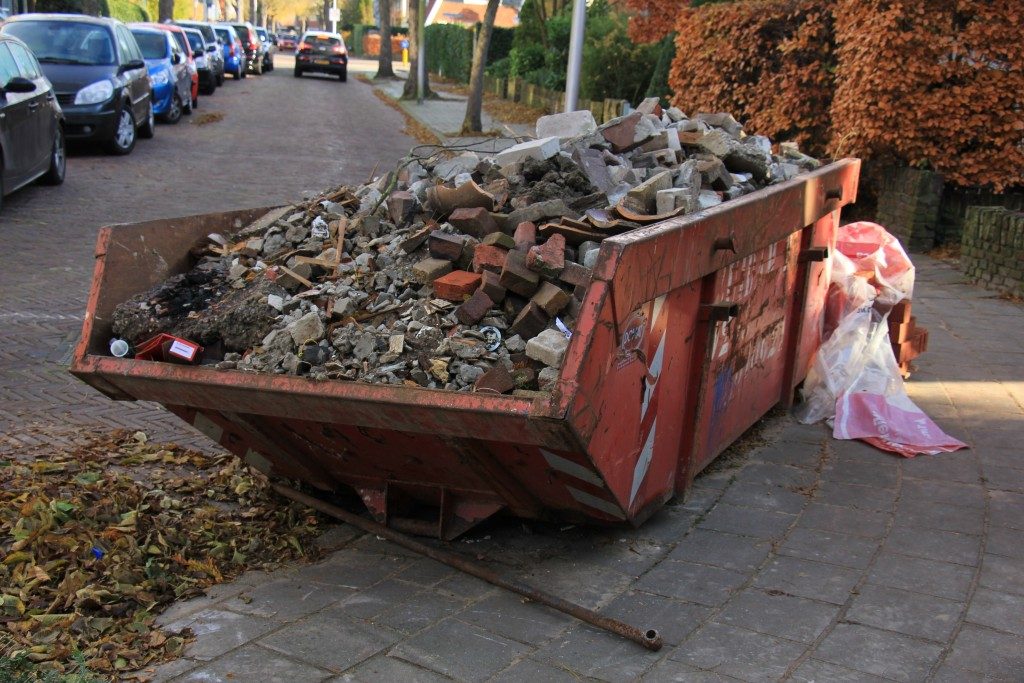The Industrial Revolution has introduced two things in the UK: efficiency in mass production and industrial waste. Considering the harm that it can give to humans and other living things, businesses need to spend on waste management solutions. If the concept remains ambiguous, the following information can be helpful:
What Is Industrial Waste?
Industrial waste is the by-product of the many processes of industrial plants and factories. It is entirely different from commercial waste, which the wholesalers and retailers make. These are also materials that are no longer useful for the business.
Waste can have a direct and indirect impact on the environment. Some of the types might be hazardous. It means that they are corrosive, ignitable, explosive and toxic. Humans, plants and animals should never come in contact with these substances.
How Much Industrial Waste Does the UK Produce?

There is no updated estimate on the amount of waste that UK industries produce. The last information from the Department for Environment Food and Rural Affairs was in 2014. During this period, the country already contributed as much as 40 million tonnes of waste. About 14.6 million tonnes were industrial.
These figures were much lower compared to 2012. At this time, the combined amount of commercial and industrial waste was 42.6 million tonnes. It can indicate that companies are learning how to process and dispose of waste properly.
Is It Legal to Dump Waste into Rivers?
In the UK, it can be legal to dump industrial waste into a body of water such as a river. Businesses, though, need to meet specific requirements. These include an environmental permit and a proper sewage treatment. In other words, before they direct their waste into the water, it must already be clean and not harmful to the environment and people.
The effects of an inadequate sewage system can be detrimental to the country’s environment. Right now, a study showed about 55% of the rivers are polluted with sewage.
Continuous discharge from old sewage treatment plants is the central problem. The government tolerates these emissions, but the levels of processing are not enough to preserve river health.
Furthermore, there are over 18,000 sewer overflows in England and Wales; approximately 90% of them release raw sewage (combined with rainwater) straight into waterways. Overflows are expected to happen only during intense rainfall to prevent sewage backing up into residences. However, 8-14% of floods spill trash into waterways at least once a week or thrice a month.
Sewer pollution results in fast algae growth, starving rivers of the oxygen that plants and animals need to live. This affects creatures like otters and kingfishers that prey on marine life.
The government’s rules are not strict enough, and people continue to flush rubbish down drains and sinks, such as tissue paper and animal fat. These obstruct drainpipes, increasing the frequency of floods.
Industries cannot avoid stopping producing waste, but this part of the process needs strategic management. It will help businesses stay compliant with environmental laws, reduce waste production and keep their surroundings safe for everyone.
